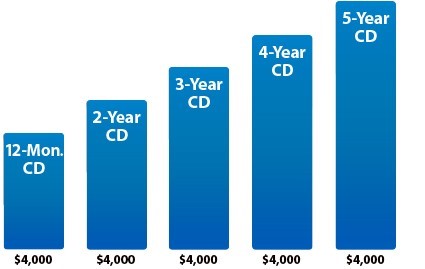Table of Contents
1. Control Inflation

2. Savings Incentive
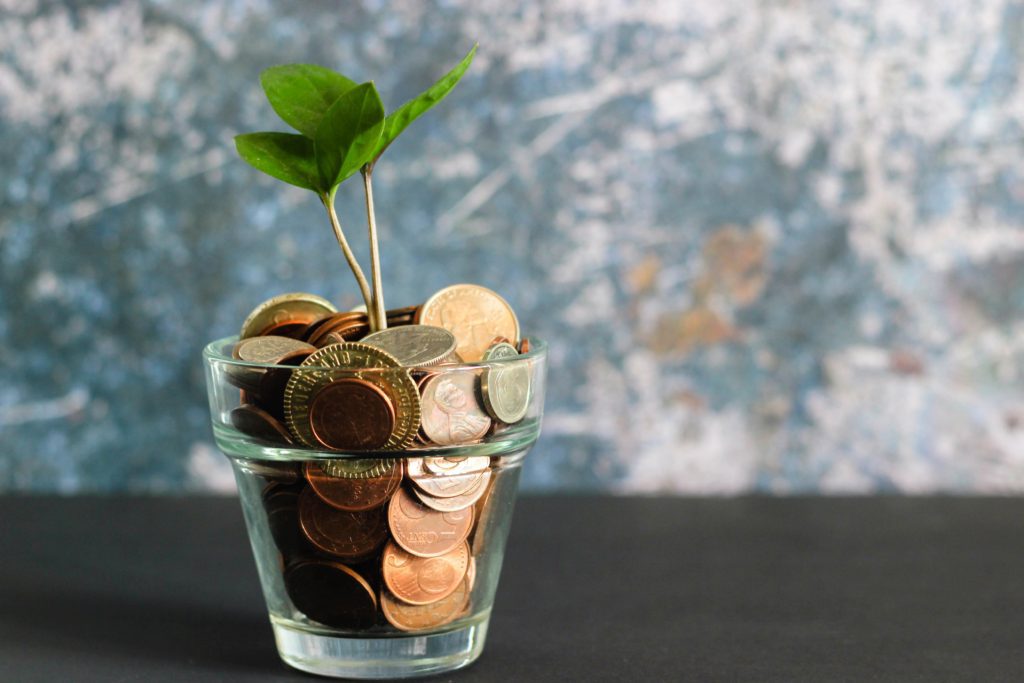
3. Stable Currency Value

4. Risk Management
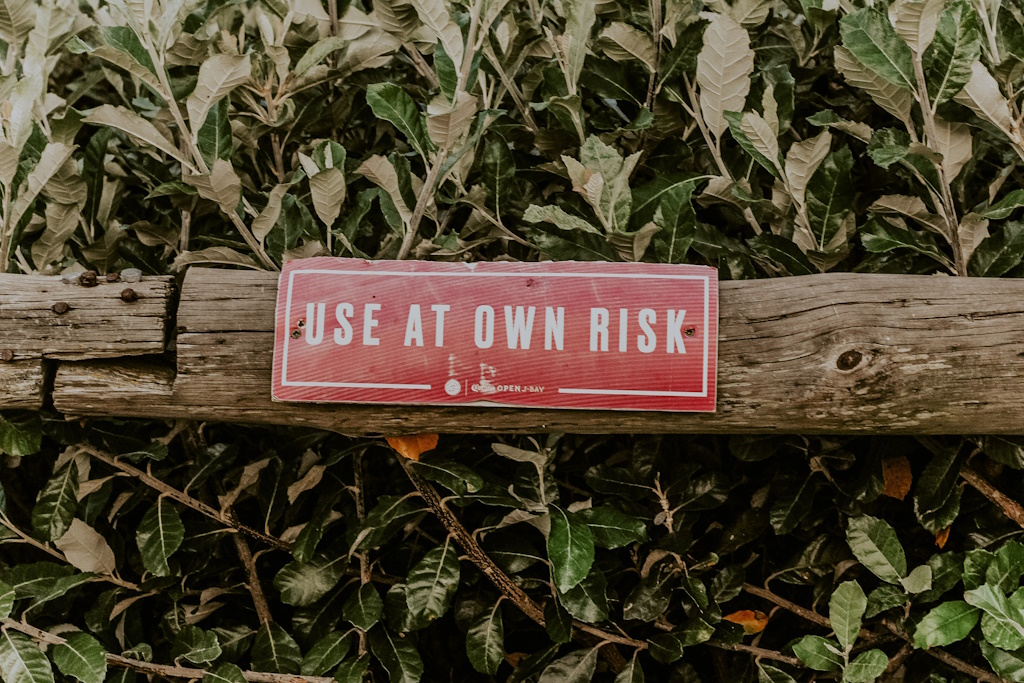
5. Healthy Investment Environment
6. Retirement Income
7. Reduced Asset Bubbles

8. Long-Term Planning
9. Encourages Capital Flows
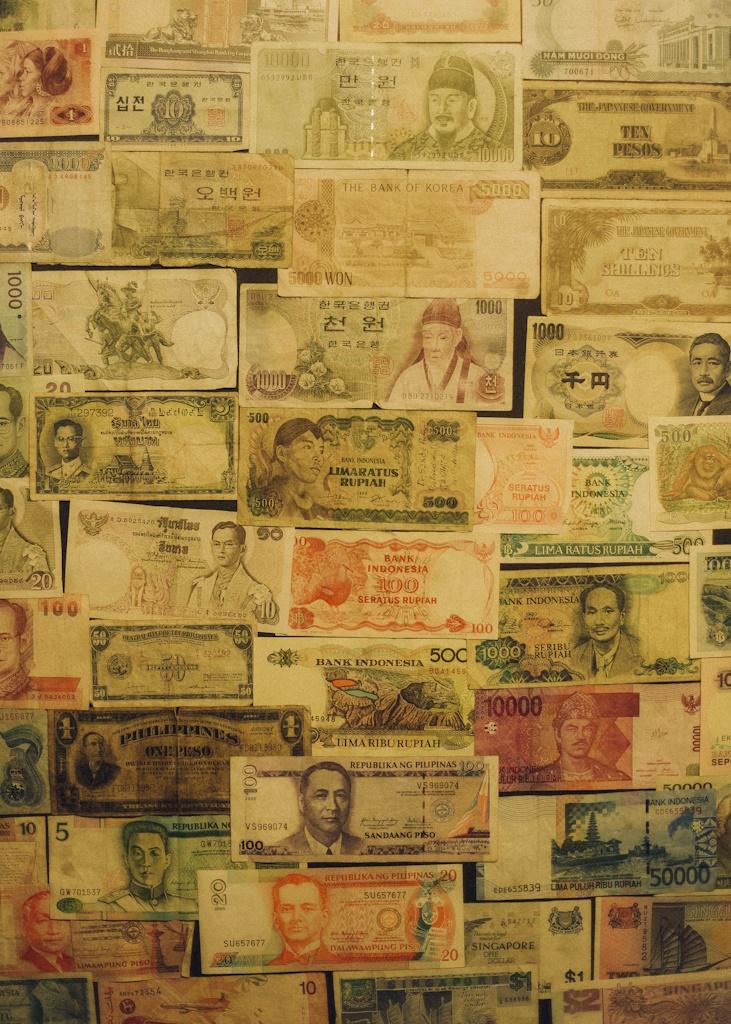
10. Future Economic Stimulation
During tough economic times, central banks have a trick up their sleeve to help kickstart things: they can lower interest rates. It’s like giving the economy a jolt of energy. But here’s the catch – they can only do this if rates are high to begin with. Remember the big financial crisis back in 2007-2008? To help the world recover, central banks dropped interest rates super low and kept them that way until 2022. Now, with interest rates starting to climb again, this tool is ready to roll for the next crisis.
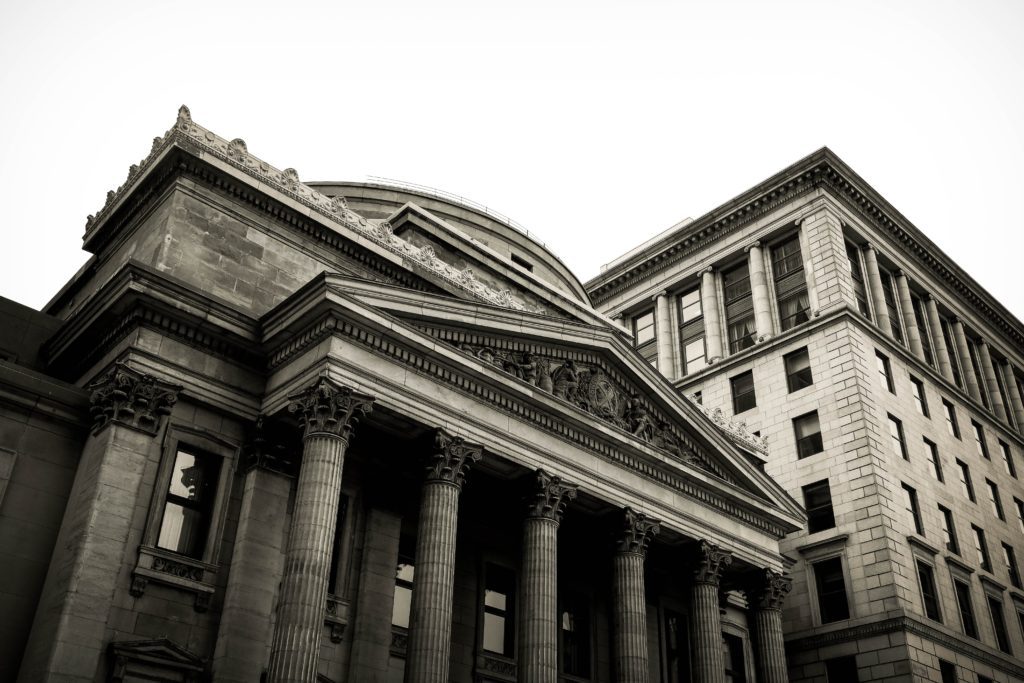
So, how does it work? Picture this: when people aren’t spending much and businesses are struggling, a country’s central bank might decide to make it cheaper to borrow money. It’s like telling the bank to give you a discount on a car loan. That means you’d pay less extra money over time. And you know what? When interest rates are low, businesses and people are more likely to borrow cash for cool things like buying homes or starting new projects. It’s like giving them a little nudge to go for it now instead of later.
And guess what happens next? When people spend more and businesses grow, it’s like the economy getting a high-five. More money starts moving around, which can lead to more jobs and more stuff being made. That’s the recipe for a strong economy. So, when central banks lower interest rates, they’re basically saying, “Hey, folks, go ahead and borrow, spend, and invest – it’ll give the economy the boost it needs!”

